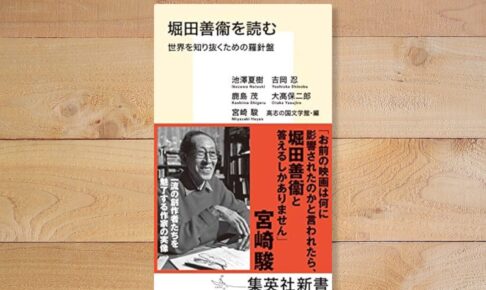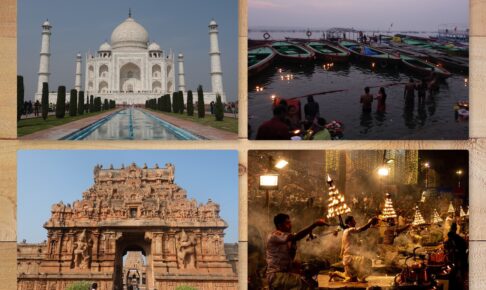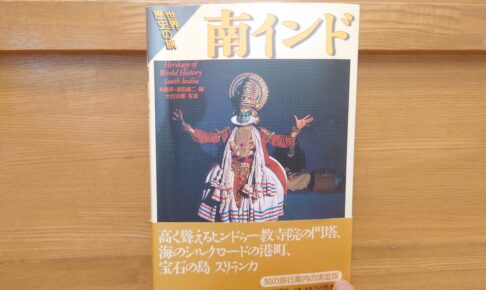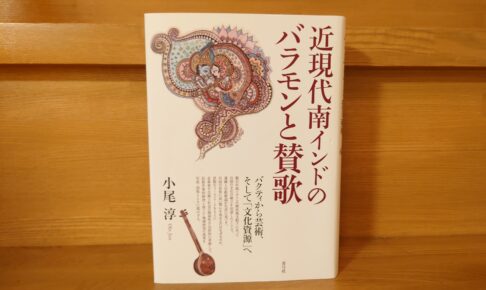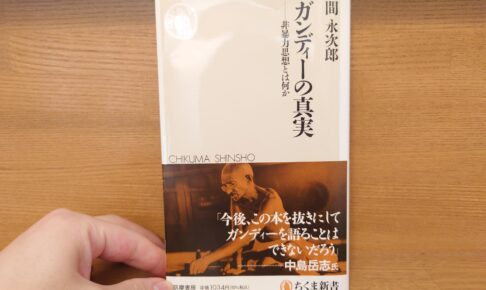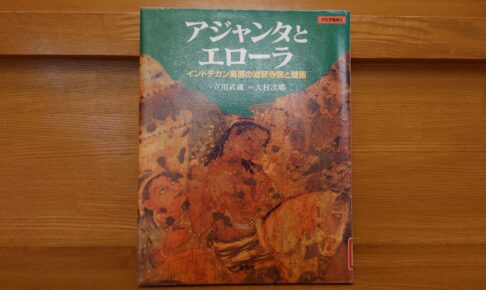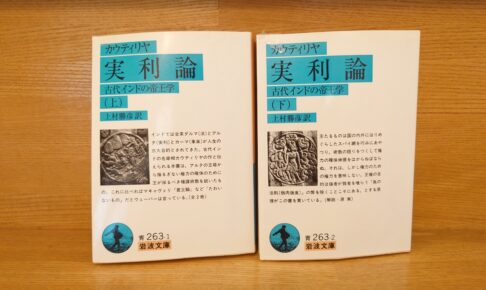Reading Zen'e Hotta: A Compass for Understanding the World" - Recommended introductory book by the great writer who also influenced Hayao Miyazaki.
This book is not only for those who are familiar with Yoshiemi Hotta's works, but rather for those who have never read his works. You will be surprised to know that there was such a wonderful writer in Japan!
This book will make you want to read Yoshiemi Hotta's works. I intend to read it from now on as well. I highly recommend this author!











